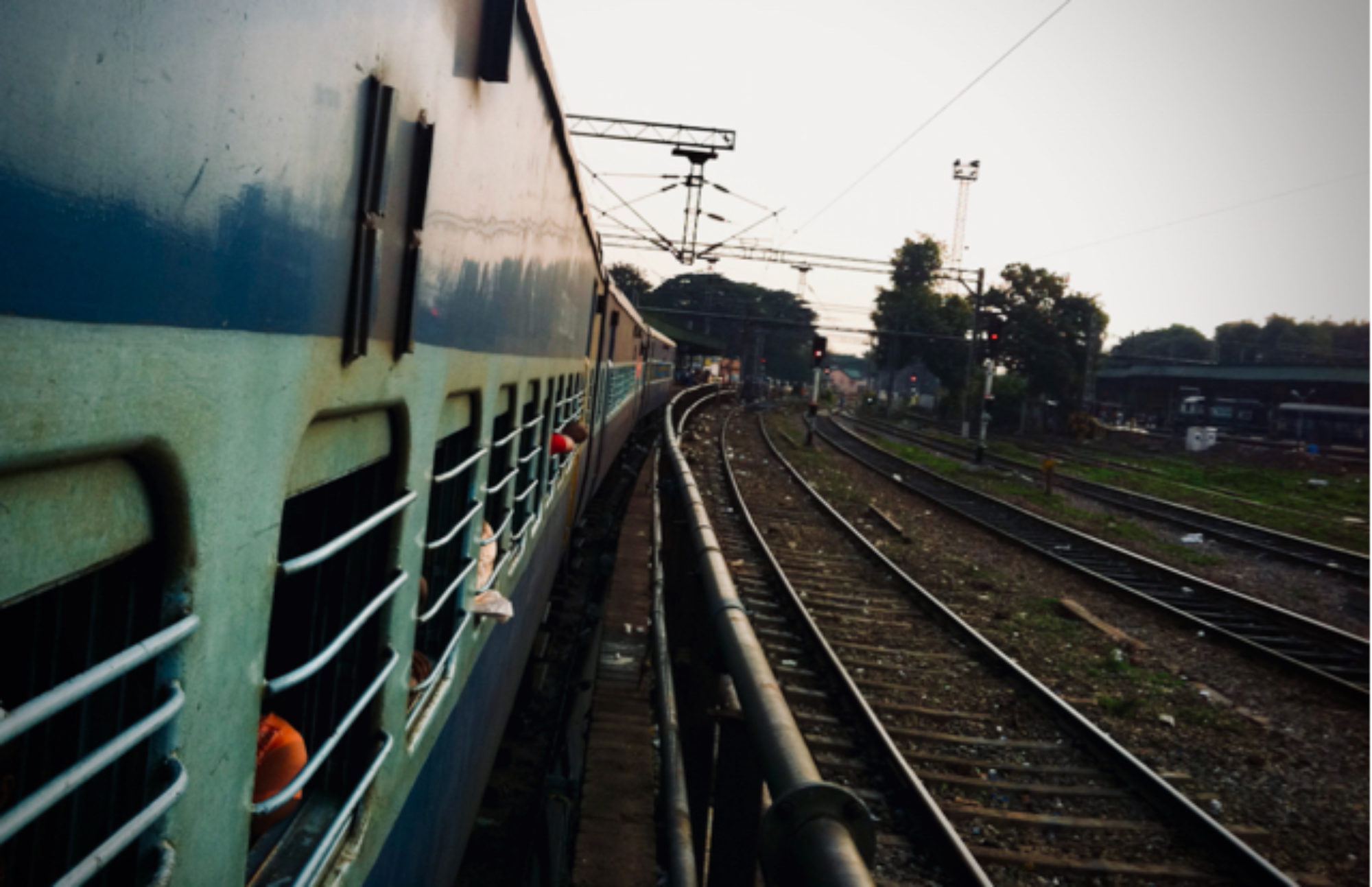As the world population increases along with global incomes and standards of living, there will be over 9 million mouths to feed globally by 2050. This is a number we see, talk and read about often. To ensure food security for our future, changes must be made in the agriculture industry. Below are recent articles that innovation, progress in the sector and offer advice for continued development.
To feed the world, food and agriculture industry must embrace innovation by Justin Sherrard on the Guardian
Justin Sherrard, global strategist at Robabank, suggests that the global food and agriculture industry is faced with a conundrum: economic uncertainty created by a recent drop in oil prices has created an operating environment with sluggish growth and demand met with a more plentiful supply, putting considerable pressure on producers and farmers. While farmers struggle to keep their share of the market, the effects of these farmers losing their businesses would impede our progress towards achieving the goal of feeding 9 billion globally by 2050.
Sherrard believes that innovation is the answer to bridge the gap between current challenges and longer-term opportunities. This innovation will have two key focus areas. One, new technologies and practices must be developed and implemented commercially, and two, business models must change in order to accelerate the implementation of these technologies and practices in ways that better manage risk and align investments and returns.
There clear opportunities to boost global food availability and improve access to food. Sherrard identifies examples that show how innovation can have significant impact, and explores the obstacles that lie ahead for the food and agriculture industry.
The next generation in african agriculture on Technoserve
Nickson Muthuri is a 24 year old Kenyan farming entrepreneur who beat out 800 young people like himself in September to win first prize in the 2014 Agribiz4Africa competition for his business idea for cassava value addition. He credits his success to his training from TechnoServe’s Strengthening Rural Youth Development through Enterprise (STRYDE) program, which aims to sustainably improve the livelihoods of rural youth across East Africa.
The programs curriculum focuses on skills such as goal-setting, financial literacy, professional effectiveness, agribusiness and business plan development and includes an aftercare program providing additional training and opportunities to visit established agribusinesses.
Nickson is an example of why young entrepreneurs are critical to transforming agriculture and ensuring food security in Africa. He gave his thoughts on subject, saying: “For lasting food security in Africa and in the world, we have to come up with a revolution, and if there’s going to be any revolution in the food system, the young people have to be involved.”
Why we must invest in local food storage in sub-saharan africa by Emmely Wildeboer and Paul Bosch on The Guardian
In developing regions, food loss is greatly contributed to poor transportation and little to no storage. This is a huge problem in sub-Saharan Africa (SSA), where a third of all food produced is lost before it reaches the marketplace. According to data from the Food and Agriculture Organization of the United Nations, 30m tonnes of grains and oilseeds are lost every year in SSA and 85% of that is lost in the production, harvesting, handling and processing stages of the supply chain.
Reducing this food loss is important because it makes more food available for consumption, but fixing this problem could also mean an increase in productivity for farmers and subsequently higher incomes allowing for increased investment into farms necessary to boost food production. While there is no quick fix to eliminating these food losses, significant steps can be taken towards loss reduction that can be taken by focusing on specifics in the supply chain. One such step is investing in the food storage. Our portfolio company, Promethean Power Systems, identified the need for cold food storage in India and developed a rapid milk chiller that eliminates spoilage, reducing loss dramatically.
Similar solutions can be applied to the major food loss problem in SSA. Wildeboer and Bosch, analysts at Rabobank, site three opportunities to improve storage in the region – where most storage facilities are in poor condition or their capacity is inadequate to meet local production – and reduce losses in grains and oil seeds:
- Small-scale farmers can use sealed bags and low-capacity silos that accommodate the annual harvest, enabling a 40% reduction in losses
- Farmer collectives and commercial farmers can install larger-capacity storage facilities or add to existing systems
- Traders can build large-scale warehouses in central locations for import/export purposes.
New Here?
- Learn about what we do.
- Follow us on Twitter.
- Like us on Facebook.
- Join us on LinkedIn.
- Add us on Google+.
- Sign up for our mailing list.
- Catch up on past Weekly Reviews.
- Fundraising for a mobile tech, alternative energy, or ag tech startup? Apply.
